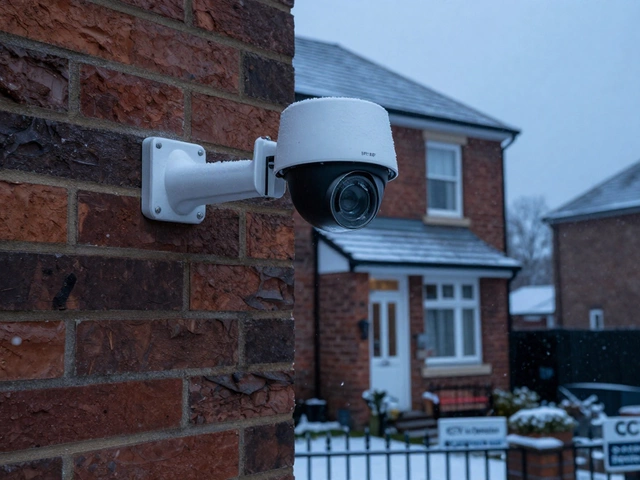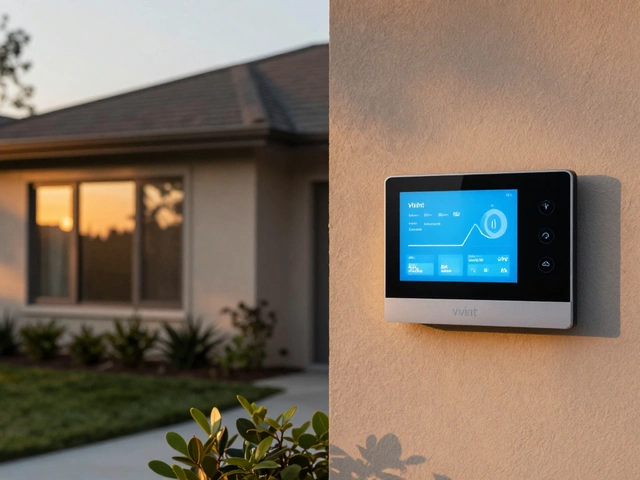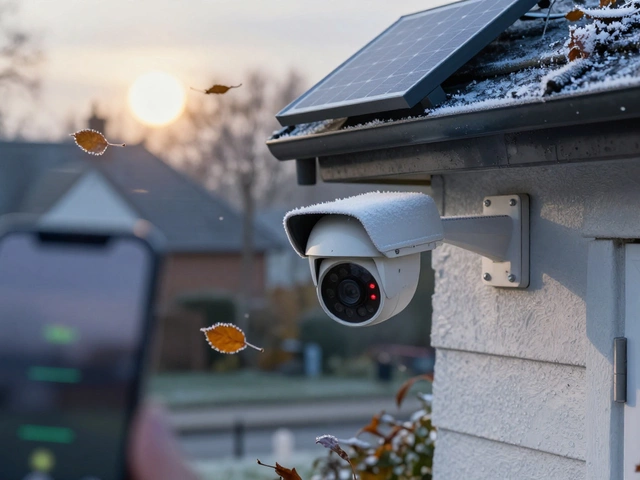Secure Network: Simple Steps to Protect Your Home and Business
Every smart device you add – a video doorbell, a baby monitor, a Wi‑Fi camera – plugs straight into your Wi‑Fi. If that Wi‑Fi isn’t locked down, all those gadgets become open doors for burglars, hackers, or nosy neighbours. The good news? You can harden your network without hiring a tech wizard.
Why Your Network Needs Protection
Think of your router as the front door of a house. You wouldn’t leave the front door wide open for anyone to stroll in, right? The same logic applies to your digital door. An unsecured network lets attackers sniff traffic, hijack cameras, or even disable alarms. In the UK, recent reports show a spike in Wi‑Fi‑based burglaries, where thieves use traffic‑light scanners to find weak routers and then break in physically.
Besides thieves, your own devices can betray you. Many Wi‑Fi cameras and smart doorbells use default passwords like “admin” or “123456”. Those defaults are published online and can be cracked in seconds. Once a hacker grabs a camera feed, they know when you’re home, when you’re out, and can plan a break‑in. That’s why a secure network is the first line of defense for any home or small business security system.
Practical Ways to Harden Your Network
1. Change the default admin credentials. As soon as you unpack a new router, change the username and password to something unique. Use a phrase with numbers and symbols – for example, “BhamSecure!2025”.
2. Enable WPA3 encryption. If your router supports it, switch from WPA2 to WPA3. It adds stronger protection against brute‑force attacks. Older routers may need a firmware update; check the manufacturer’s site.
3. Create a guest network. Keep IoT gadgets on a separate SSID from your computers and phones. Most smart doorbells, baby monitors, and Wi‑Fi cameras work fine on a guest network that has internet access but no access to your main LAN.
4. Disable WPS. Wi‑Fi Protected Setup (WPS) is a convenience feature that lets you press a button to connect a device. Unfortunately, it’s an easy hack vector. Turn it off in the router settings.
5. Keep firmware up to date. Every device – router, camera, doorbell – gets periodic security patches. Set them to auto‑update or schedule a monthly check. Missing a patch is like leaving a window cracked on a windy night.
6. Use strong, unique passwords for each device. A password manager can generate and store these for you. Don’t reuse the same password across a smart doorbell and a baby monitor.
7. Turn off unnecessary remote access. Many security systems offer a cloud portal. If you never use remote access, disable it. That cuts down the attack surface dramatically.
Once you’ve locked down the router, you’ll notice a ripple effect: motion sensors, alarm panels, and even ADT or SimpliSafe units will report more reliably because they’re not fighting interference from a rogue device on the same channel.
Finally, run a quick scan with a free network scanner app on your phone. It will list every device connected to your Wi‑Fi, letting you spot any unexpected intruders fast.
Securing your network doesn’t have to be a tech marathon. Change passwords, enable WPA3, separate IoT gear, and keep firmware fresh. With those steps, your smart home stays smart, and your business stays safe.






